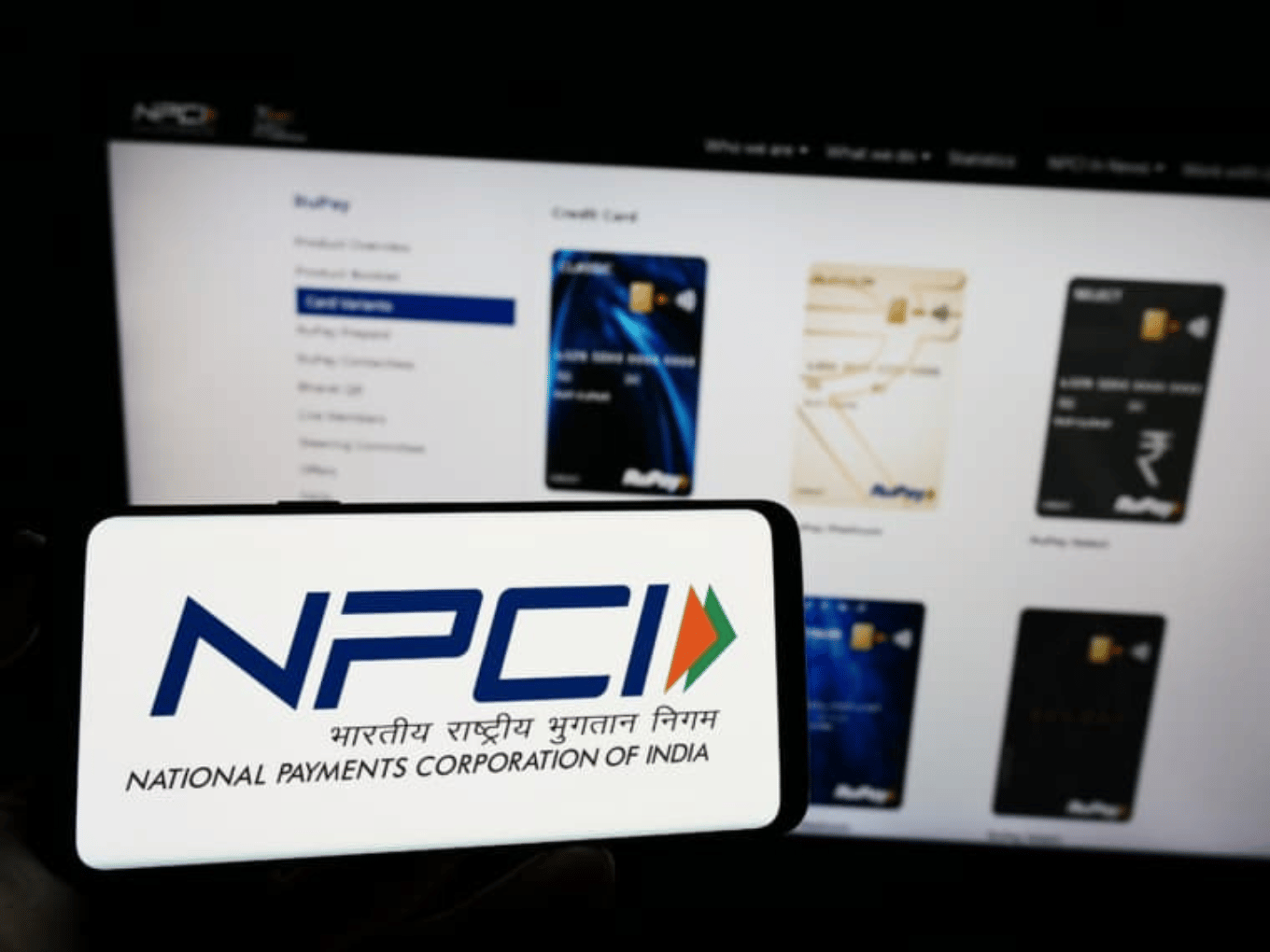While enabling biometric authentication on Android platforms for UPI transactions will mean the usage of fingerprint, it will be face ID verification for iPhones
NPCI’s discussions with startups are exploring the financial and legal terms of the partnership and both the PIN and biometric authentication are likely to coexist in the initial stage of the implementation
Just a week ago, RBI proposed alternate methods of additional factor of authentication (AFA) for digital transactions, including PIN, passwords, cards, and biometrics such as fingerprints, among others
The National Payments Corporation of India (NPCI) is reportedly in discussions with a host of startups to enable biometric authentication for the popular mobile-based UPI payments, Moneycontrol reported.
While enabling biometric authentication on Android platforms for UPI transactions will mean the usage of fingerprint, it will be face ID verification for iPhones.
This comes at the heart of the Reserve Bank of India’s (RBI) concern regarding the surge in UPI scams because of PIN-related frauds. The central bank said in its annual report that the number of online frauds in the country surged 334% year-on-year to 29,082 in FY24.
NPCI’s discussions with startups are exploring the financial and legal terms of the partnership and both the PIN and biometric authentication are likely to coexist in the initial stage of the implementation, the report added.
It is pertinent to note that as of now a personal identification number (PIN) is used for the second-factor authentication in the UPI transaction.
Just a week ago, RBI proposed alternate methods of additional factor of authentication (AFA) for digital transactions, including PIN, passwords, cards, and biometrics such as fingerprints, among others.
The central bank’s draft “Framework on Alternative Authentication Mechanisms for Digital Payment Transactions” aims to widen the choice of authentication factors available to payment system operators and users. RBI has sought comments and feedback on the draft framework by September 15.
The draft released was in alignment with the central bank’s announcement in February to adopt a principle-based “Framework for authentication of digital payment transactions” for digital security.
RBI terms any credential input by the customer that is verified to confirm the originator of a payment instruction as the factor of authentication. These factors are broadly categorised as something the user knows (such as password, passphrase, PIN), something the user has (such as card hardware or software token), and something the user is (such as fingerprint or any other form of biometrics).
Not to mention, UPI is the most used digital payment method in India with around 80% of the country using it for all online transactions. Another report by Amazon Pay said that Indian merchants process 69% of their transactions via digital payments.

